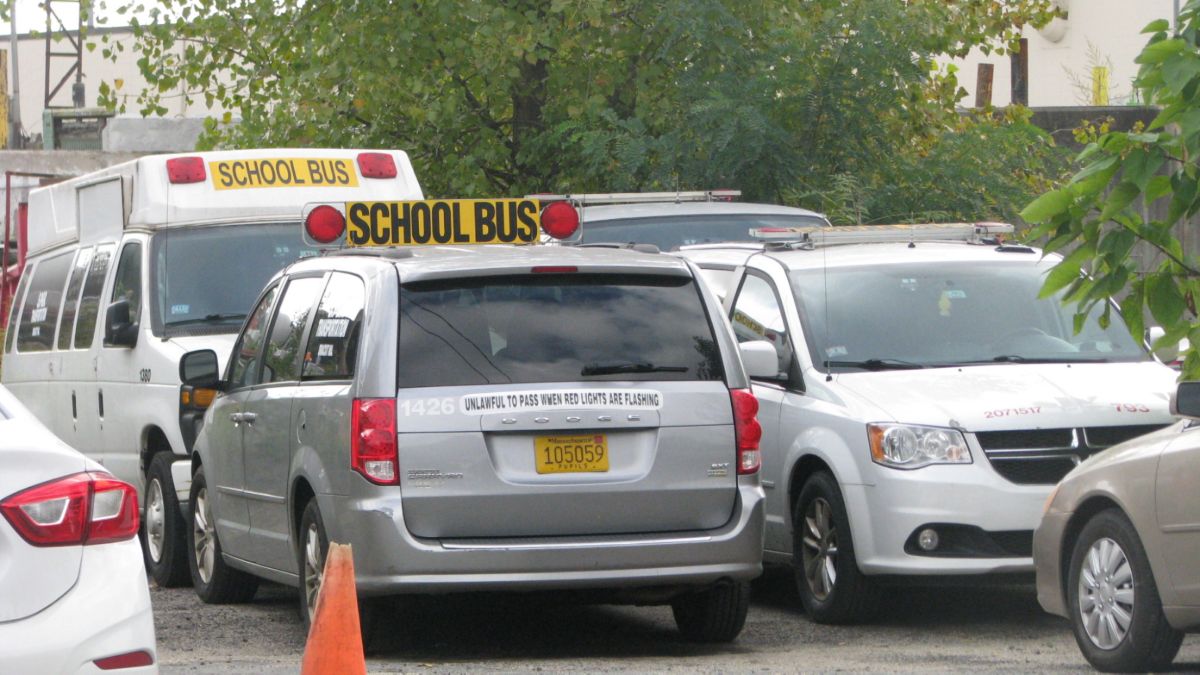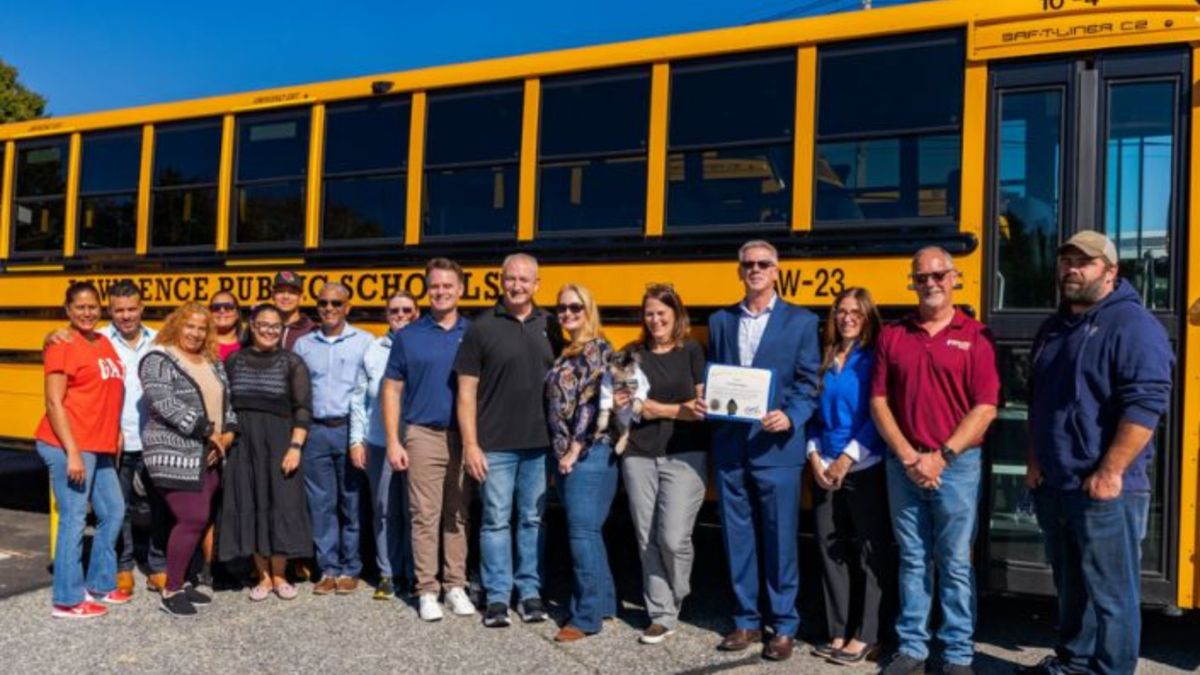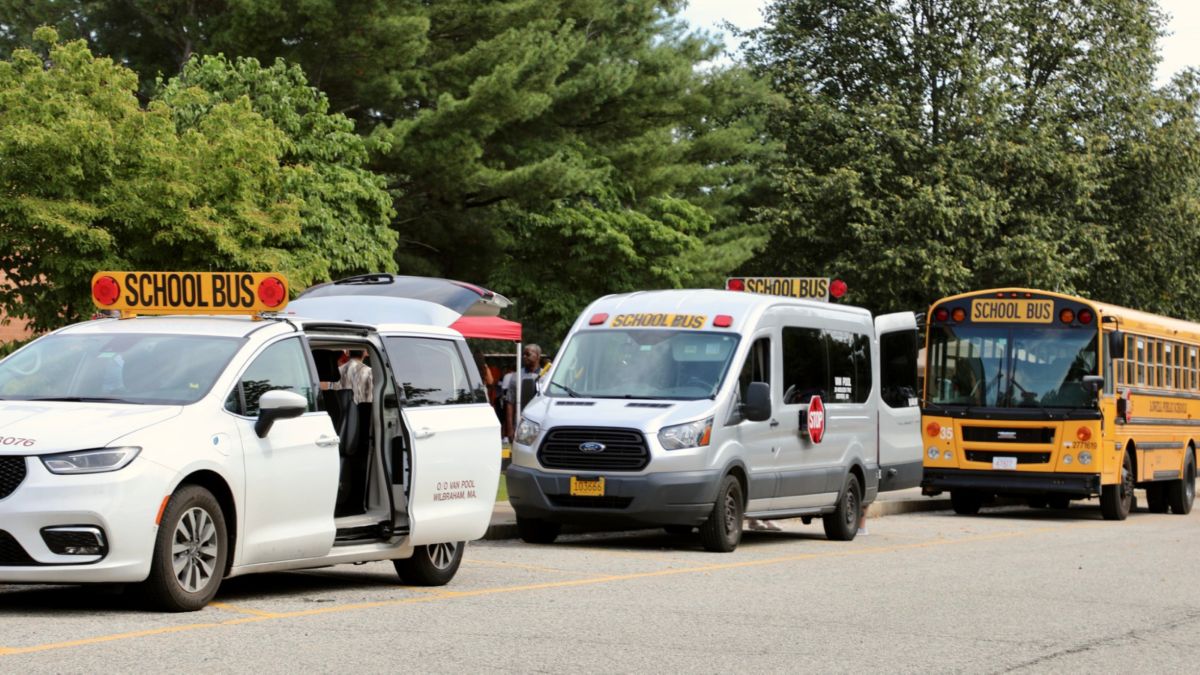When a school bus runs late, the ripple effect is immediate. Parents worry about their children, schools field phone calls, and district staff scramble to track updates. In Massachusetts, where traffic, construction, and unpredictable weather can all impact travel, effective communication about school bus delays is essential.
At NRT, we believe that clear, timely communication builds trust and helps schools manage disruptions more smoothly. Here’s how districts, schools, and transportation providers can work together to keep parents informed when delays happen.
Bus delays are stressful not just for students, but for families and school staff. Parents may be late to work, adjust child care schedules, or worry about safety if they don’t know where a bus is. By contrast, when parents receive timely updates, the uncertainty disappears—even if the bus is still late.
Good communication:
- Builds Confidence: Families know the school and transportation provider are paying attention.
- Reduces Stress: Parents can adjust plans calmly when they have accurate information.
- Protects Trust: Transparent updates show accountability and reliability.
In short, parents understand that delays happen. What matters most is how they’re handled.
Step 1: Establish Clear Protocols Before the School Year
The best communication plan begins before the first day of school. Districts and transportation providers should define responsibilities, choose consistent communication channels, and share expectations with families. For added clarity, districts can review Massachusetts DESE school transportation guidance to ensure their policies align with state standards.
Setting these expectations upfront reduces confusion when issues arise.
Step 2: Use Multiple Communication Channels
Not every parent checks email during the morning rush. A layered approach ensures information reaches families quickly. Options include:
- Text alerts or push notifications for instant communication.
- Automated phone calls for families without smartphones.
- Parent apps or portals that show real-time bus tracking.
- School websites or social media for general updates.
Consistency is key. If families know to expect a text first and a call second, they’ll have confidence in the system.
Step 3: Be Honest and Transparent
Parents don’t just want to know that a delay is happening—they want to understand why. Clear, transparent messaging helps families plan their mornings, reduces frustration, and builds trust in the transportation system.
For example, instead of sending:
“The bus is late.”
A stronger message is:
“Bus #12 is running 15 minutes late due to traffic on Route 9. Please expect to arrive at 7:50 a.m.”
Providing specifics helps parents plan their schedules more confidently. And just as families prepare at the start of each school year with resources like the Back-to-School Bus Readiness Checklist, consistent, transparent communication during delays reinforces that same sense of preparedness and reliability.
Step 4: Provide Real-Time Updates When Possible
Technology makes real-time communication easier than ever. GPS-enabled buses allow dispatchers to track vehicles and share estimated times of arrival. Parents appreciate updates that reflect the actual situation, not just estimates from earlier in the day.
Districts without GPS tracking can still share meaningful updates through dispatch staff who are in contact with drivers. The important part is to confirm facts before sharing, so parents receive accurate information.
Step 5: Prioritize Safety in Communication
When delays are caused by weather, road closures, or emergencies, safety must always come first. Parents should be reassured that students are secure and accounted for. National resources such as the NHTSA’s school bus safety guidelines also emphasize how consistent communication supports safety during unexpected delays.
The message should always emphasize that children are safe and accounted for.
Step 6: Consider Timing and Frequency
One message may not be enough. A strong plan includes:
- Initial Alert: As soon as a delay is confirmed.
- Follow-Up Update: With revised timing if the delay extends.
- Final Confirmation: Once the bus has arrived at school or completed its route.
Parents value ongoing updates because it reduces the need to call the school repeatedly.
Step 7: Train Staff for Consistency
Drivers, dispatchers, and school staff all play a role in communication. Consistent training ensures:
- Drivers report issues quickly and accurately.
- Dispatch staff confirm details before updates are sent.
- School administrators provide unified messaging to families.
Consistency avoids conflicting information, which can damage trust more than the delay itself.
Step 8: Communicate Proactively with Students
Students also need reassurance during delays. Drivers and chaperones should:
- Explain what’s happening in simple terms.
- Keep children calm and informed.
- Communicate expected timing so students can share accurate details with their families.
When students arrive late but informed, parents are more likely to accept the situation calmly.
Step 9: Gather Feedback and Improve
After the first few weeks of school—or after a major delay—ask families for feedback. Simple surveys or parent forums help districts understand:
- Which communication channels worked best.
- Whether messages were clear and timely.
- What could be improved for next time.
Parents feel valued when their voices shape future improvements.
Building Trust Through Communication
At the end of the day, parents understand delays happen. What they don’t accept is silence or confusion. Proactive, honest communication demonstrates that schools and providers are committed to student safety and family trust.
At NRT, we partner with Massachusetts districts to build strong communication systems around transportation. From driver training to dispatch support, our goal is to keep families informed and reassured, no matter the circumstances.
Final Thoughts
Delays are inevitable in school transportation, but frustration doesn’t have to be. When schools prioritize clear communication, parents feel respected, students feel safe, and communities grow more confident in their districts.
With decades of experience in Massachusetts student transportation, NRT is here to help districts strengthen their communication plans. From driver training to real-time updates, our team ensures parents stay informed and students stay safe. Contact NRT today to build a communication strategy that keeps your community moving forward—together.







